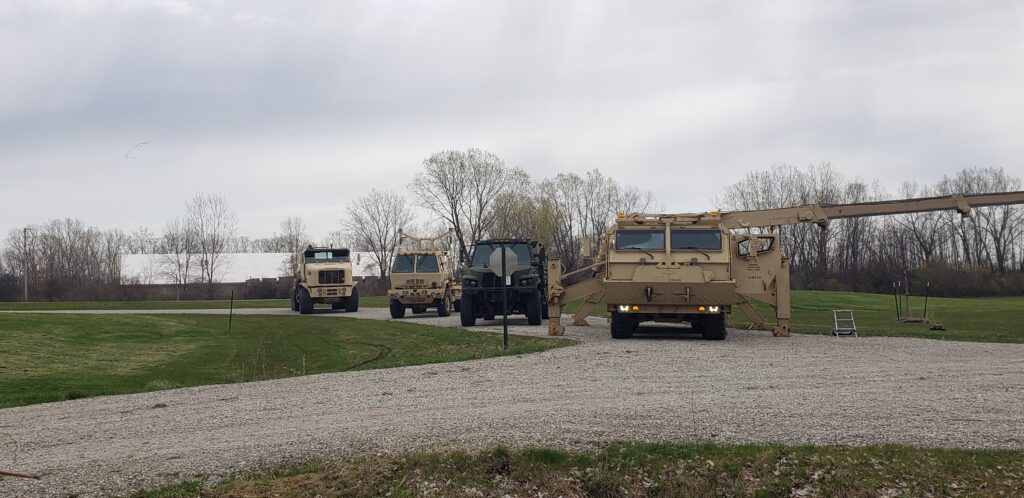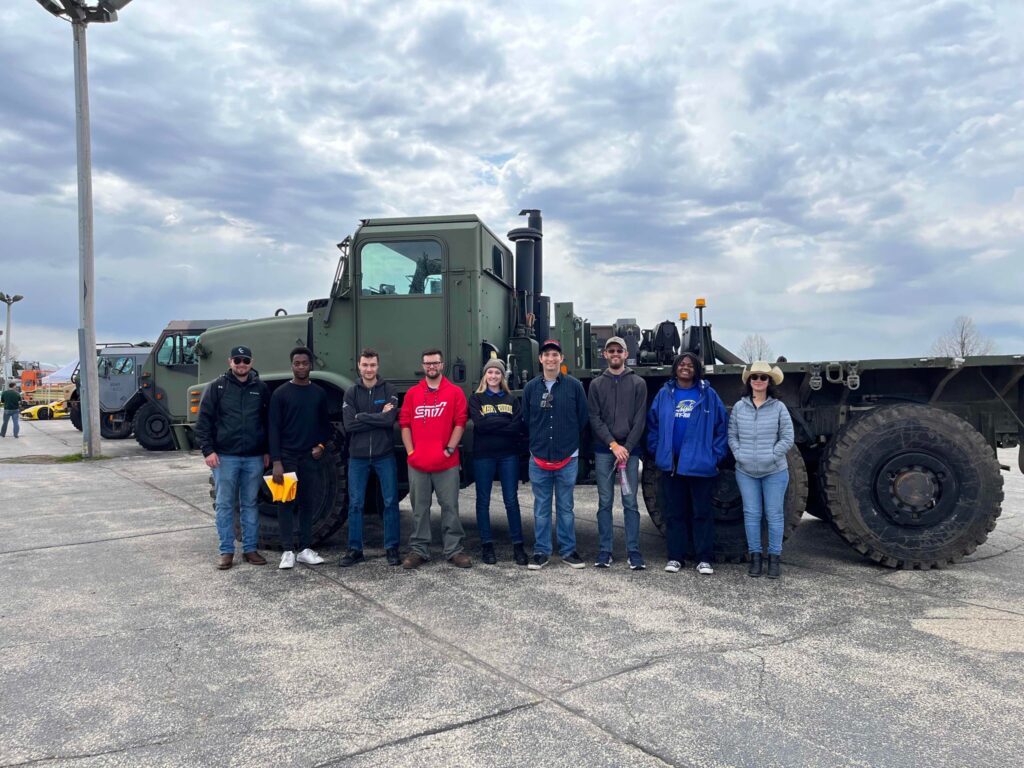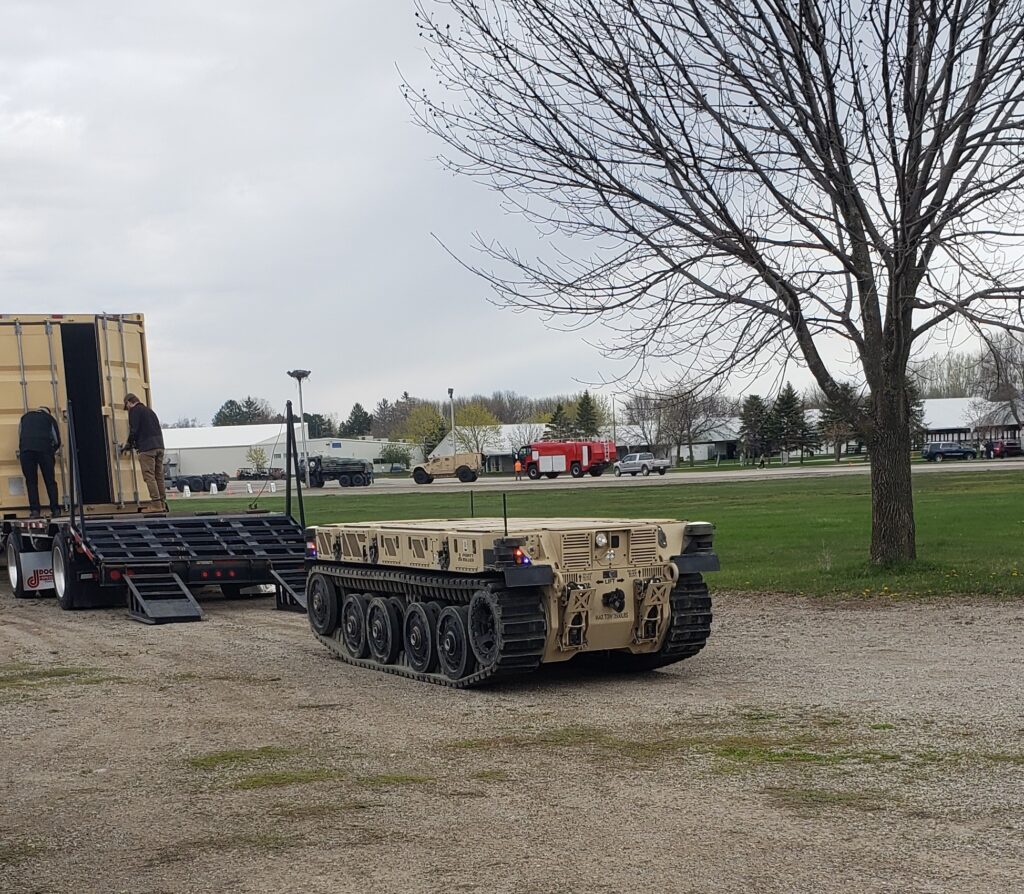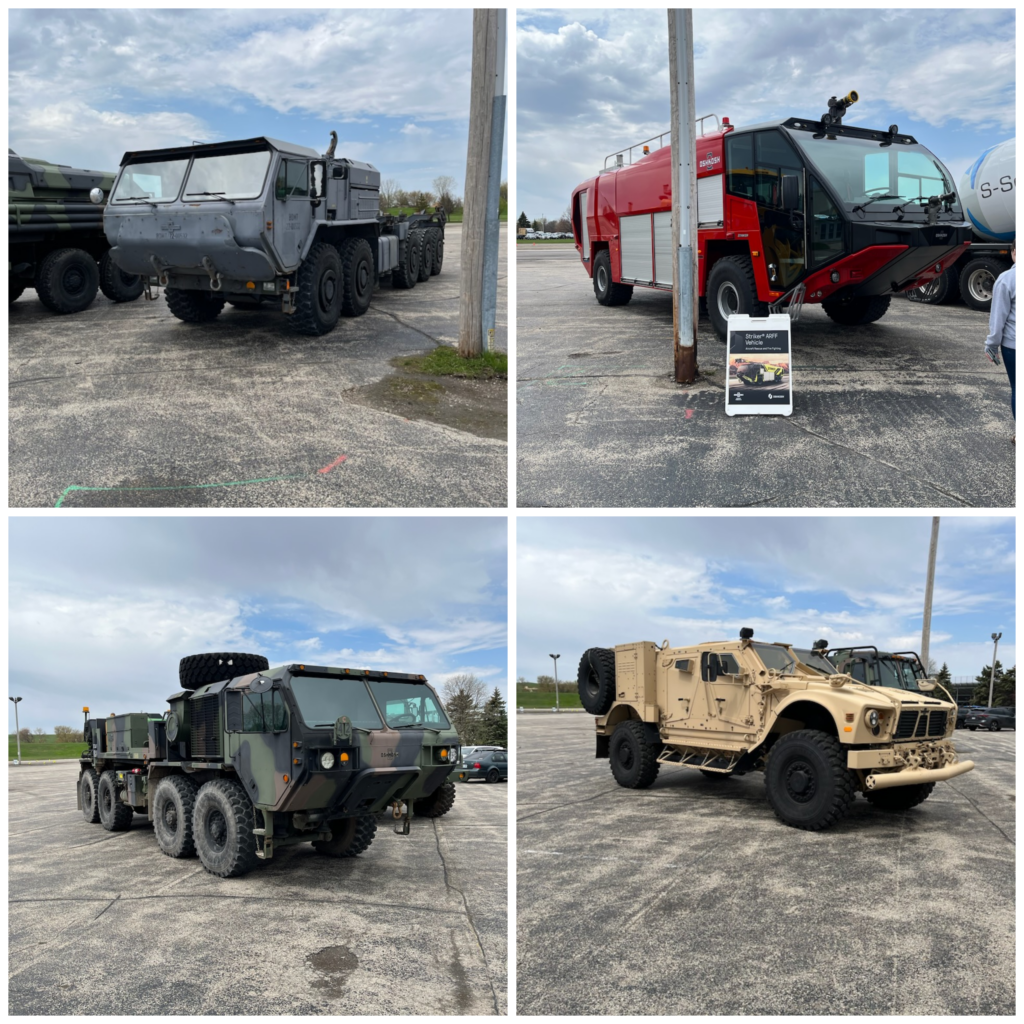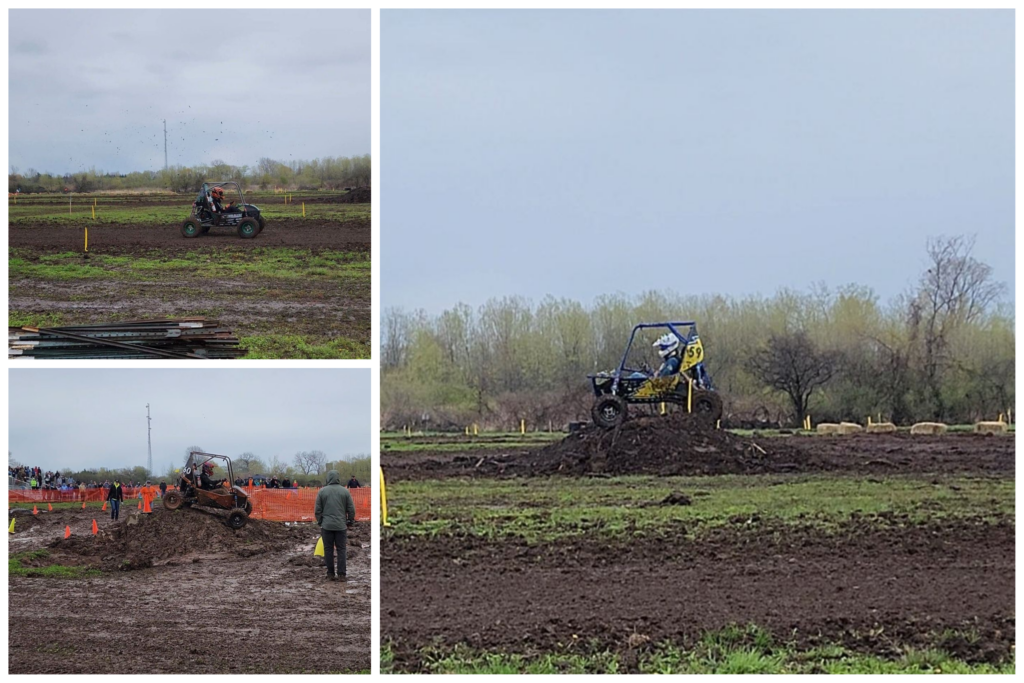The Baja SAE competition was held in Oshkosh, Wisconsin this year. If you are unfamiliar with Baja SAE, allow me to give a brief synopsis on the organization. Baja SAE is a collegiate design series competition that is held by the Society of Automotive Engineers (SAE) every year. The organization aims to expose students to different aspects of the engineering process along with learning how to work within a team environment. There are multiple events a year (three to be exact) and student teams from around the US and other countries are given the ability to compete in this event. Students are tasked with designing, manufacturing, and assembling a one-seater, off-road vehicle that can withstand the grueling courses set up by the judges of the competition (most of which are Baja SAE alumni). Each team has to complete and submit a business presentation, design presentation, and an extensive cost report. Students attending competition are also given the opportunity to network with sponsoring companies and have a chance to apply for internships or full-time positions.
This year was the first time since 2019 that the team has gone to competition. At the beginning of the fall 2022 semester, it was announced that teams would have to design vehicles with an all-wheel drive or four-wheel drive system. In previous years, Baja SAE had only required two driven wheels. Given the limited knowledge of an all-wheel drive system, the team decided it would be best to attend competition and gain an insight into the process other teams had taken to determine their designs.
Competition is set to take place throughout four days, each day consisting of different dynamic events with the final day holding the four-hour endurance race. The first day opens with registration and the business presentation. Teams are given a prompt where they have to pitch their vehicle design to a team of judges and explain why their design makes the most sense from an economic and manufacturing standpoint. Teams also have to go through engine and frame checks on the first day. Baja SAE rules dictate that the engine is the only component of the vehicle that is not allowed to be modified, therefore teams must complete an engine check at the start of competition to ensure they are compliant with rules. The first day also included a car show sponsored by Oshkosh Corporation, where they showed off the military vehicles that the company has designed and manufactured.
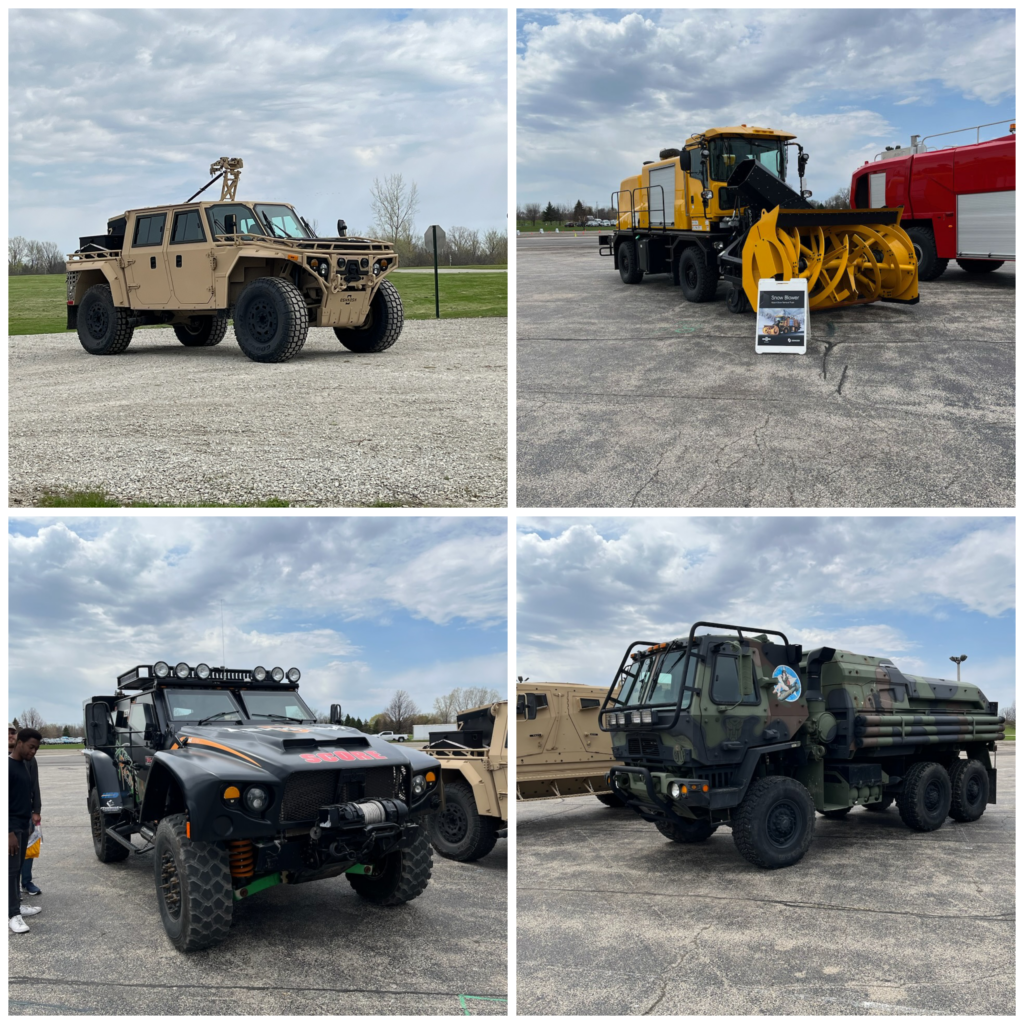
Day two introduces the first dynamic event of the competition (dynamic braking) along with the design judging, cost evaluation, tech inspection, and 4WD check. Teams are evaluated on their design choices during the design judging portion of the event. Tech inspection focuses on evaluating the vehicle overall and ensuring that it meets rules. Day three introduces the rest of the dynamic events. These include the maneuverability, acceleration, sled pull, and suspension events. The last day focuses solely on the endurance event. This is where all 100 teams line up their vehicles in grid form and drive around the track for four hours. The track itself is composed of different aspects of the dynamic events that took place the previous days. The team that completes the most laps around the track is the winner of the event. There is a fun statistic that I love to share with new teams members, which is that during the first few laps of the endurance race, about half of the teams on track would have experienced some form of damage to their vehicle. The track this year was extremely muddy due to weather, so most vehicles at some point found themselves stuck in the mud.
Overall, it was a great learning experience for our team to be a part of. Not only did we gain a valuable insight into the innerworkings of competition, but we were able to bond with our peers and developed a desire to succeed at competition in the following years to come.


